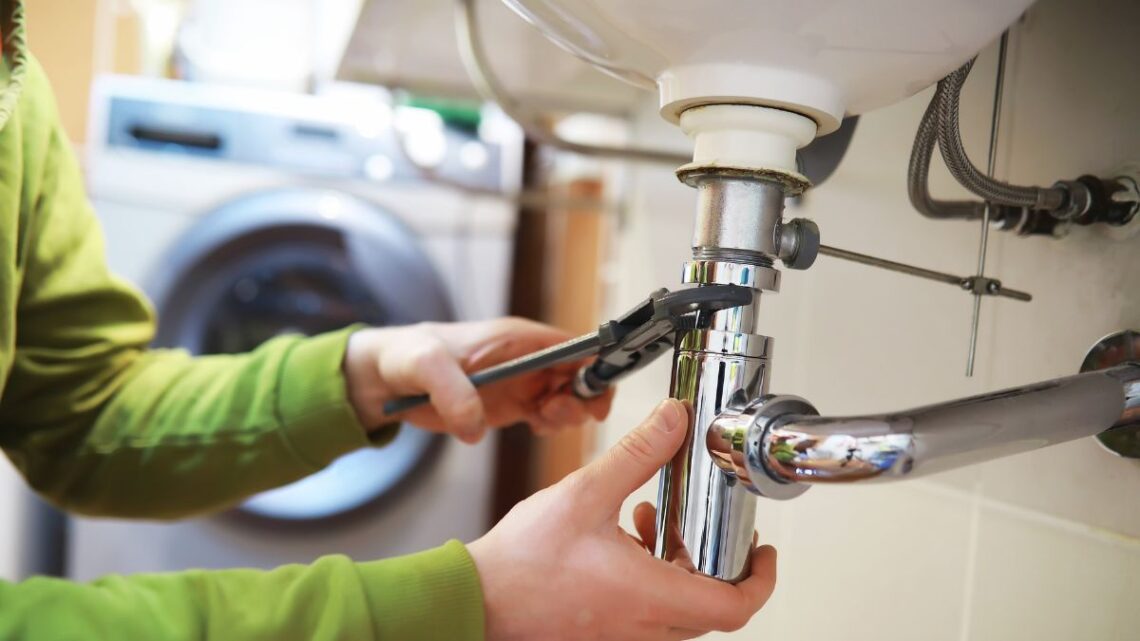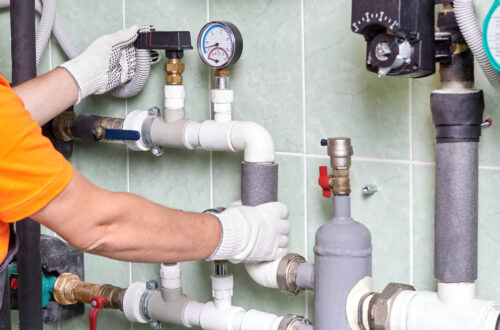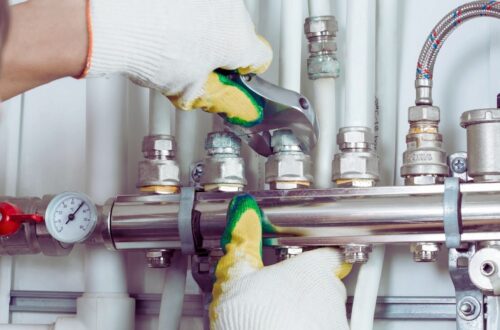Plumbing issues have a knack for showing up at the most inconvenient times—just before guests arrive or late at night when professional help is hard to reach. While some problems require the skilled hands of a licensed plumber, many common household plumbing issues can be tackled safely and effectively with just a little know-how and a few tools. In this post, we’ll explore several DIY plumbing fixes you can do yourself, saving you both time and money.
Unclogging a Drain
A slow-draining sink or tub is one of the most common plumbing problems and you may need a Carlsbad drain cleaning services. A clogged drain is often caused by hair, soap scum, or grease buildup, it’s a fix you can usually manage without calling a professional.
Start by using a plunger to dislodge the clog. For bathroom sinks, remove the pop-up stopper and use a hair removal tool or a zip-it drain cleaner. If that doesn’t work, try a mixture of baking soda and vinegar followed by hot water. Avoid harsh chemical cleaners—they can damage your pipes over time.
If the clog is stubborn, remove the trap (the U-shaped pipe under the sink) and clean it out manually. Be sure to place a bucket underneath to catch any water.
Fixing a Running Toilet
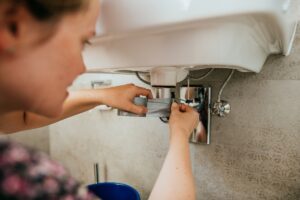
A running toilet can waste gallons of water daily and inflate your water bill. Fortunately, this is usually a simple fix.
First, remove the toilet tank lid and inspect the flapper—the rubber seal at the bottom of the tank. If it’s worn or not sealing properly, water continuously leaks into the bowl. Replacing the flapper is inexpensive and requires no special tools. Sometimes the issue lies with the fill valve or the float. Adjusting the float height can often resolve the problem.
These parts are readily available at any hardware store and usually come with clear instructions for installation.
Repairing a Leaky Faucet
A dripping faucet is more than just an annoyance; it’s a waste of water and money. The culprit is often a worn washer, O-ring, or cartridge—parts that are inexpensive and simple to replace.
Turn off the water supply under the sink before starting. Then, disassemble the faucet using a wrench or screwdriver, identify the faulty component, and replace it. Reassemble the faucet and turn the water back on. Presto! No more drip.
If you’re unsure about the faucet type, take the old parts to the hardware store to get an exact match.
Replacing a Showerhead
Replacing an old, inefficient, or clogged showerhead is one of the easiest plumbing upgrades you can do yourself.
Unscrew the old showerhead with a wrench or pliers (use a cloth to avoid scratching the finish), clean the threads on the pipe, and wrap them with plumber’s tape to ensure a good seal. Then screw on the new showerhead by hand. This five-minute fix can significantly improve your water pressure and reduce water usage.
Fixing Low Water Pressure
Low water pressure can make everyday tasks like showering or washing dishes frustrating. The cause might be simpler than you think—often, it’s due to a clogged aerator on your faucet.
Unscrew the aerator from the faucet tip and soak it in vinegar to dissolve any mineral buildup. After a good cleaning, screw it back on. If the problem persists, check other fixtures to see if the issue is widespread. If only one faucet is affected, it’s likely a localized issue you can continue to troubleshoot.
Sealing a Pipe Leak Temporarily
While some leaks require full pipe replacement, you can often stop a small leak temporarily until a permanent fix is possible.
First, turn off the water supply. Dry the area around the leak and apply epoxy putty or wrap the pipe with repair tape. These materials are available at most home improvement stores and can hold up well under moderate pressure.
Remember, this is a temporary solution. A permanent repair should be done as soon as possible, but this DIY method buys you valuable time.
Tools Every DIY Plumber Should Have
To tackle these fixes, it helps to keep a basic plumbing toolkit handy. Here’s what you’ll need:
Plunger (cup and flange types)
Pipe wrench and adjustable wrench
Screwdrivers (flathead and Phillips)
Plumber’s tape (Teflon tape)
Bucket and old towels
Replacement washers, O-rings, and flappers
Utility knife
Drain snake or auger
Having these essentials on hand will make it easier to respond quickly to plumbing issues as they arise.
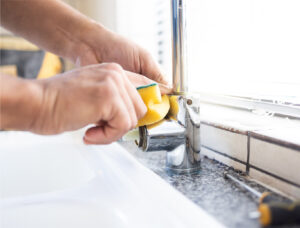
When to Call a Pro
While many plumbing fixes are within the reach of a confident DIYer, there are times when professional help is necessary. Call a licensed plumber if you notice:
Persistent leaks inside walls or ceilings
Sewage smells or backup
No water in your home
Burst pipes
Issues with your water heater
These problems often require expert knowledge and specialized tools.
Learning a few basic plumbing fixes can empower you to maintain your home more confidently and reduce your dependence on costly emergency services. By understanding the fundamentals and keeping the right tools nearby, you can solve many everyday plumbing issues on your own. Just remember—when in doubt, don’t be afraid to ask for professional advice or assistance.
